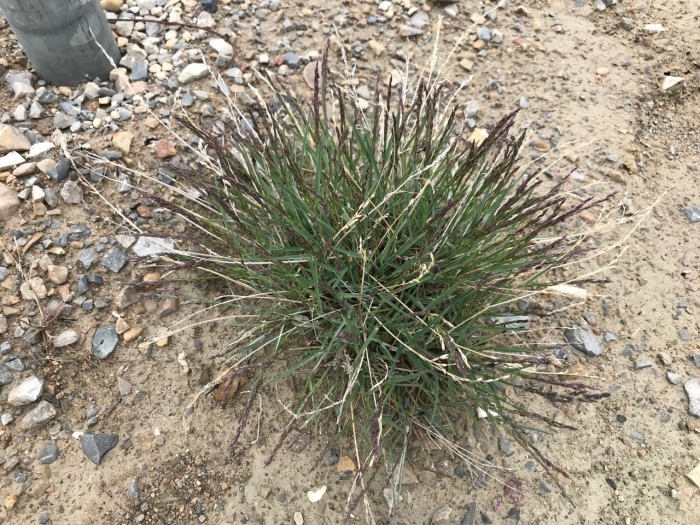Glaucous Bluegrass
(Poa glauca)
Glaucous Bluegrass (Poa glauca)
/
/

© David McCorquodale
CC BY 4.0
Image By:
© David McCorquodale
Recorded By:
Copyright:
CC BY 4.0
Copyright Notice:
Photo by: © David McCorquodale | License Type: CC BY 4.0 | License URL: http://creativecommons.org/licenses/by/4.0/ | Uploader: dbmcc09 | Publisher: iNaturalist |























Estimated Native Range
Summary
Poa glauca, commonly referred to as glaucous bluegrass, is a perennial bunchgrass that is part of the Poaceae family. It is native to Arctic tundra and alpine regions, where it forms dense tufts of bluish-green, waxy leaves and stems, typically reaching up to 31 inches in height. This grass is well-adapted to cold, harsh environments, including the Canadian Arctic Archipelago, and is a key component of the tundra ecosystem, providing shelter and food for native wildlife.
Glaucous bluegrass is valued for its ability to thrive in extreme conditions and is often used for revegetation projects in its native range due to its dense growth habit and tolerance of poor soils. It is also used in ornamental plantings for its unique blue-green foliage. In cultivation, Poa glauca requires well-drained soils and full sun to part shade conditions. While it is generally low-maintenance, it can be susceptible to rust diseases under certain conditions.CC BY-SA 4.0
Glaucous bluegrass is valued for its ability to thrive in extreme conditions and is often used for revegetation projects in its native range due to its dense growth habit and tolerance of poor soils. It is also used in ornamental plantings for its unique blue-green foliage. In cultivation, Poa glauca requires well-drained soils and full sun to part shade conditions. While it is generally low-maintenance, it can be susceptible to rust diseases under certain conditions.CC BY-SA 4.0
Plant Description
- Plant Type: Grass
- Height: 0.5-1 feet
- Width: 0.5-1 feet
- Growth Rate: Moderate
- Flower Color: N/A
- Flowering Season: Summer, Fall
- Leaf Retention: Deciduous
Growth Requirements
- Sun: Full Sun, Part Shade
- Water: Low, Medium
- Drainage: Fast
Common Uses
Drought Tolerant, Erosion Control, Low Maintenance
Natural Habitat
Native to Arctic tundra and alpine regions
Other Names
Common Names: Glaucous Bluegrass, Alpine Bluegrass, Glaucous Meadow Grass, Upland Bluegrass, White Bluegrass
Scientific Names: , Poa glauca, Paneion glaucum, Poa arctica var. altaica, Poa caesia subsp. bequetii, Poa caesia subsp. glauca, Poa caesia var. freartis, Poa caesia var. glauca, Poa densissima, Poa extremorientalis
GBIF Accepted Name: